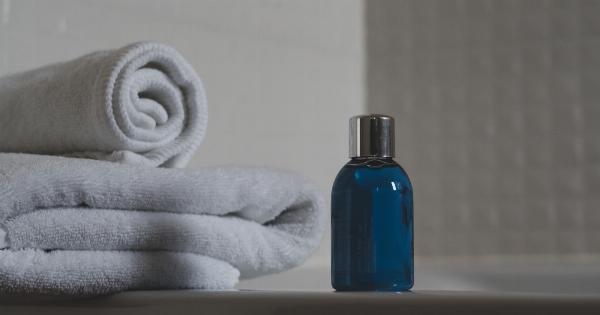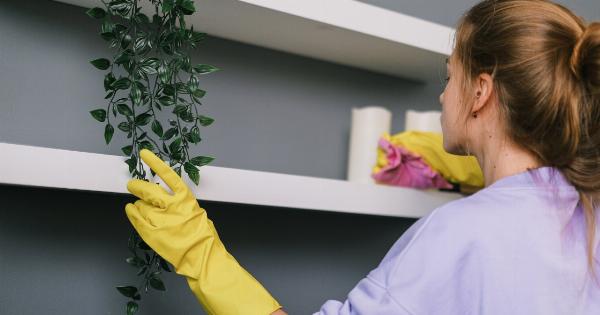Keeping your nails well-groomed is an essential part of personal hygiene. Regular nail trimming not only helps in maintaining their appearance but also prevents the risk of infections caused by long nails.
While there are various tools available for trimming nails, using scissors might seem like a convenient option at first glance. However, there are several reasons why you should avoid cutting your nails with scissors.
Risk of injury
One of the primary reasons for avoiding scissors to cut your nails is the risk of injury. Scissors are designed to cut through materials like paper or cloth, not hard nails.
Using scissors can lead to uneven cuts and jagged edges, increasing the chances of accidental cuts or nicks. Additionally, if you accidentally slip while cutting your nails with scissors, it could result in a deeper wound that may require medical attention.
Uneven nail shape
Another disadvantage of using scissors for nail cutting is the difficulty in achieving a uniform nail shape. Scissors are not specifically designed to shape nails, which often results in uneven and unsightly shapes.
This can be especially problematic if you are someone who values well-maintained and aesthetically pleasing nails.
Damage to the nail bed
Using scissors to trim your nails can potentially damage the delicate nail bed. Cutting too close to the skin or unevenly can lead to painful ingrown nails. The risk of infection also increases when the nail bed is damaged.
It is important to keep the nail bed healthy and intact to promote overall nail health.
Limited control and precision
When cutting your nails with scissors, it can be challenging to maintain control and precision. Scissors require a steady hand and accuracy to achieve the desired shape and length.
However, due to their larger size and bulk, scissors can hinder your ability to maneuver and control the cutting motion effectively.
Increased risk of nail splitting
Unlike specialized nail clippers, scissors can exert uneven pressure on the nails, leading to splitting or cracking. This can result in painful nails and weak, brittle tips.
Nail splitting can make it difficult to maintain optimal nail health, and it may take longer for the split nails to grow back properly.
Nail hygiene concerns
Another aspect to consider when using scissors for nail cutting is the potential hygiene concerns. Over time, dirt and bacteria can accumulate in the crevices of the scissors.
Failure to clean the scissors properly can lead to the transfer of these harmful microorganisms to your nails, potentially causing infections or other nail-related issues.
Limited functionality
Scissors are primarily designed for cutting specific materials and may not offer the versatility required in nail care. Nail clippers, on the other hand, are specifically tailored to trim nails, ensuring a cleaner and more precise cut.
They often come with added features like nail files and built-in catchers, making the overall nail grooming process more efficient.
Convenience and time-saving
When it comes to nail trimming, using the right tools can save you a significant amount of time and effort. Nail clippers are quick and efficient, allowing you to trim your nails neatly and evenly in a shorter span of time.
On the other hand, using scissors may lead to a tedious and time-consuming process due to the lack of design optimization for trimming nails.
Preventing nail infections
Proper nail care plays a crucial role in preventing nail infections. Using scissors can increase the risk of infections due to accidental cuts or damaged nail beds.
Nail clippers, especially those with sanitized cutting edges, minimize the likelihood of introducing harmful organisms into the nails. As a result, using nail clippers can contribute to better nail health and reduce the chances of developing infections.
Promoting nail strength
The regular use of nail clippers helps maintain the strength and integrity of your nails. By providing clean, even cuts, nail clippers minimize the possibility of weak or brittle nails.
In contrast, scissors often result in jagged edges and uneven lengths, making the nails prone to breakage or splitting.































